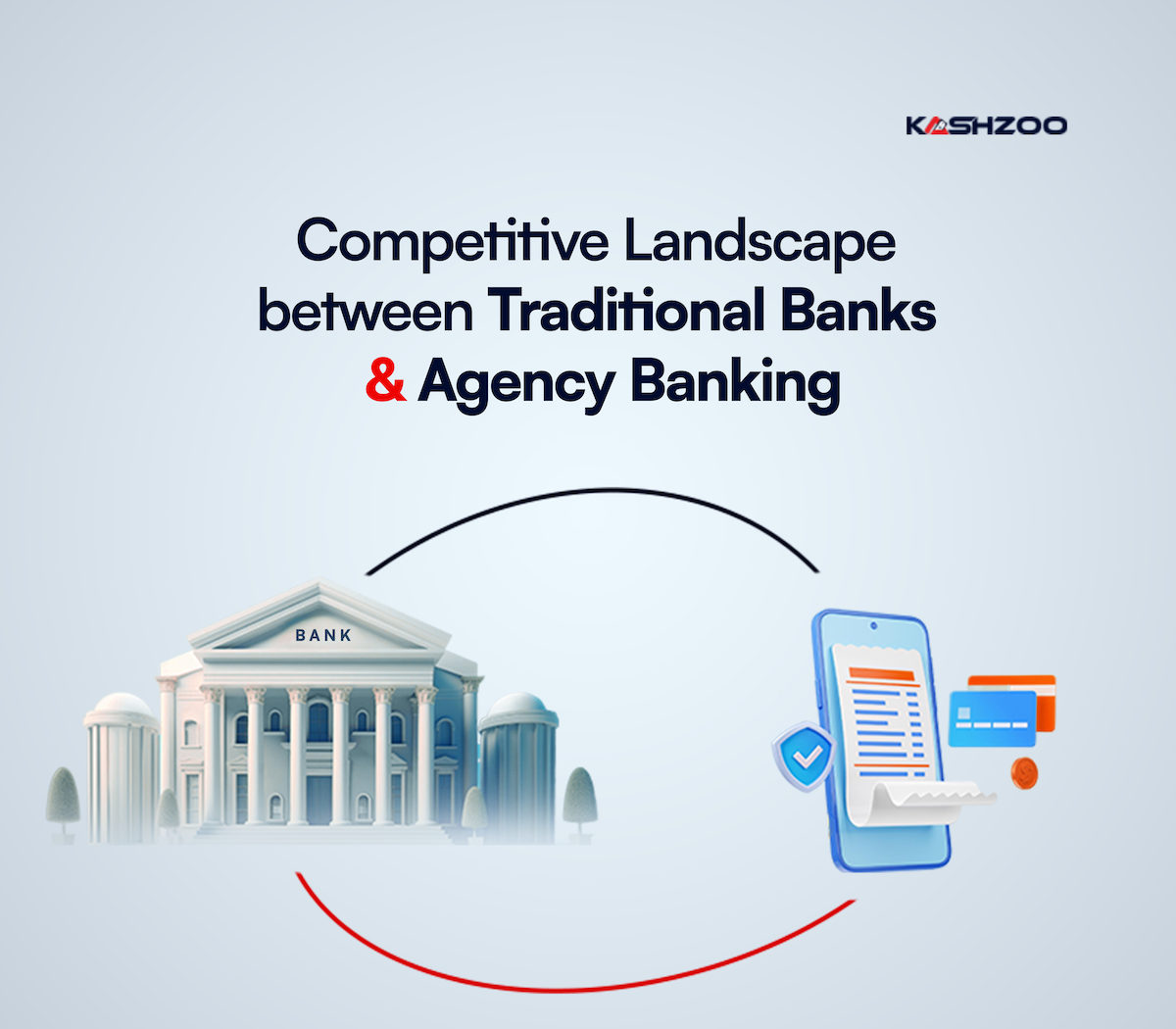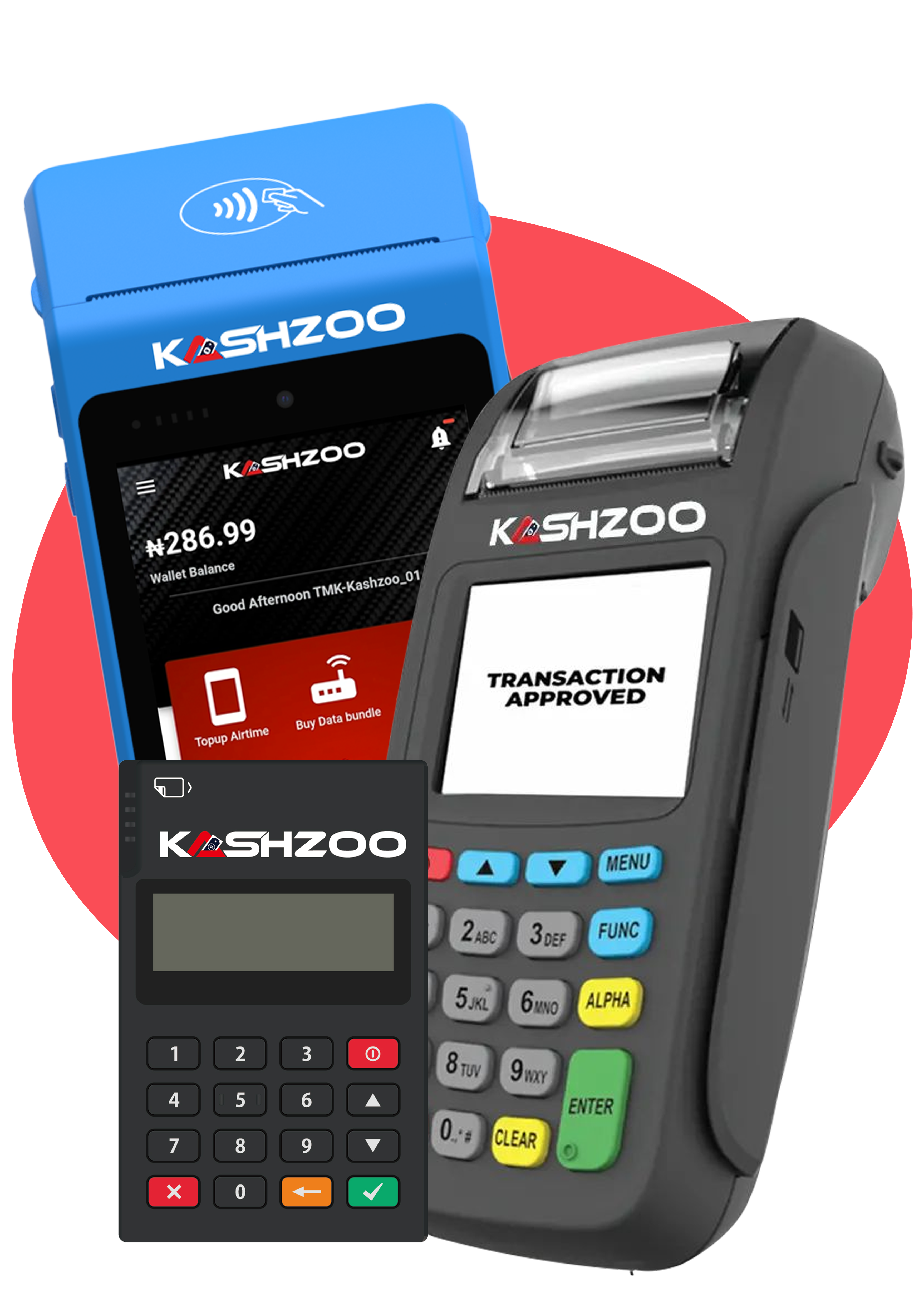The financial sector has seen major changes over the past few decades, with new innovations emerging to create financial solutions and cater to customer needs traditional banking could not address. Agency banking is a compelling alternative, particularly in regions with limited access to formal banking. This blog post will explore what sets traditional banking apart and how agency banking has changed financial services. We will compare the two and consider the future for both.
Traditional Banking: Backbone of Financial Services
Traditional banking has long been the backbone of financial services. These institutions offer various services, including savings and checking accounts, loans, mortgages, and investment products. With physical branches in cities and towns, traditional banks provide security and trust. Customers know they can walk into a branch, speak with a representative, and handle their financial matters face-to-face.
One of the strengths of traditional banking is in its established infrastructure. Banks have built extensive networks of branches, ATMs, and customer service centers, making them accessible to many customers. Moreover, they have a long history of regulatory oversight, which adds layer of trust. This makes traditional banks the go-to choice for many people, especially for complex financial products like mortgages or large loans.
However, the very infrastructure that provides strength can also be a limitation. Building and maintenaning physical bank branches is expensive as well as employing large staff can make traditional banking services more expensive. Moreover, traditional banks often need a great deal of paperwork and have stricter requirements to open accounts or access loans, which can be a barrier for some customers.
Agency Banking: A Game-Changing Operation
Agency banking has a more flexible, cost-effective model that has gained popularity, particularly in developing countries. Instead of running physical branches, Financial institutions partner with local businesses such as retail stores, post offices, or individuals to offer basic financial services. These agents can facilitate deposits, withdrawals, bill payments, and even loan applications on behalf of the bank.
Agency banking has made reaching underbanked and rural populations possible, encouraging financial inclusitivity. Financial institutions can now extend their reach to remote areas without the need for physical branches, providing financial services to people who might not otherwise have access. This means customers can perform banking transactions at a local store which saves them time and money that would otherwise be spent traveling to the nearest bank branch.
Agency banking is not just about convenience; it also reduces banks’ operational costs. Financial institutions can take advantage of existing local businesses to avoid the high costs of building and maintaining branches. This cost-efficiency allows them to offer services at lower fees, which attracts customers, particularly those in lower-income brackets.
Despite its advantages, agency banking comes with challenges. Ensuring that agents are trustworthy and well-trained is important, as they are the face of financial institutions in their communities. Additionally, because these agents handle sensitive financial transactions, strong security measures are necessary to prevent fraud and protect customer data.
The Crossroads…
When comparing traditional banking and agency banking, it’s clear that each has its strengths and weaknesses. Traditional banks offer a comprehensive range of services and a strong sense of security, but they can be costly and less accessible, especially in rural areas. On the other hand, agency banking provides greater accessibility and lower costs, but it may lack the extensive range of services that traditional banks offer.
Customers often choose between these two models based on their specific needs. Those who require more complex financial services or prefer face-to-face interactions may opt for traditional banks. Meanwhile, individuals prioritising convenience and affordability, particularly in areas where banks are scarce, might find agency banking more appealing.
From a business perspective, traditional banks are trying to maintain dominance while adapting to changing consumer demands. Some even incorporate agency banking elements into their operations to extend their reach and reduce costs. This hybrid approach allows traditional banks to compete more effectively in a landscape where digital and mobile banking options are becoming increasingly popular.
Future Competition: What Lies Ahead?
The competition between traditional banks and agency banking will likely intensify as both models evolve. Traditional banks are investing more in digital platforms to give customers more access and reduce the need for physical branches. Meanwhile, agency banking is expanding its service offerings to provide varied financial products beyond just basic transactions.
We might see more collaborations between traditional banks and agency banking networks in the future because combining the strengths of both models, financial institutions could create a more inclusive, efficient, and customer-centric banking experience. The rise of fintech companies, which are introducing innovative solutions like Kashzoo and PayCliq and challenging conventional banking models, will also play a significant role in shaping this competition.
Our Take
Ultimately, the financial services space will continue to shift as technology advances and consumer preferences change. Traditional banks and agency banking will need to adapt, innovate, and collaborate to meet their customers’ changing needs. Whether through improved digital services, expanded agent networks, or new financial products, the future of banking promises to be dynamic and increasingly focused on delivering value to all customers.




What do you think?
It is nice to know your opinion. Leave a comment.